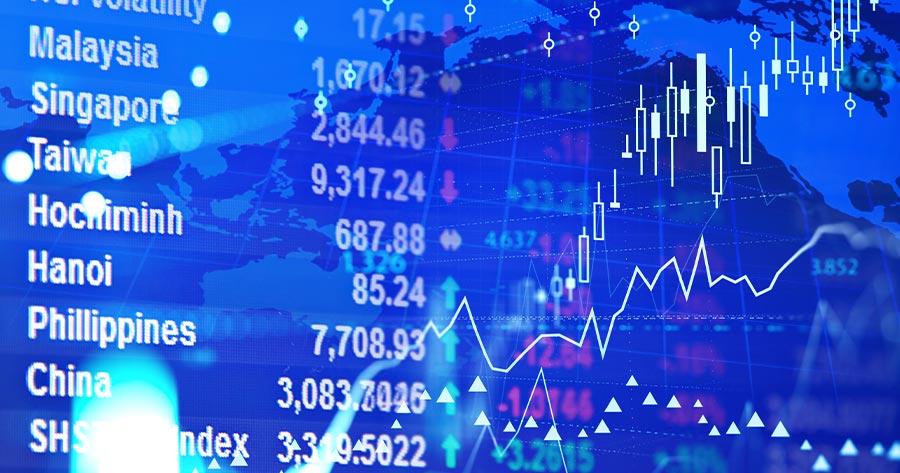On Wednesday morning (14 May, 9:27 AM, GMT+7, Bangkok time), indices in Asia Pacific exhibited a varied performance following an upward trend seen on Wall Street. This came amid reduced U.S.-China trade uncertainties, though some analysts remained cautious on the situation.
Traders are poised to monitor Asian semiconductor equities subsequent to the surge in Nvidia shares, triggered by CEO Jensen Huang’s announcement regarding the sale of over 18,000 cutting-edge artificial intelligence chips to Saudi entity Humain, an emerging AI venture backed by the nation’s Public Investment Fund.
In the U.S., the Consumer Price Index (CPI) in April climbed by 2.3% compared to the same period last year, marking the slowest yearly increase in four years. This led prominent financial institutions on Wall Street such as JPMorgan Chase and Barclays revised down their predictions of an imminent U.S. economic downturn.
Japan’s NIKKEI dropped by 0.62% to 37,947.79. Australia’s ASX 200 declined by 0.21% to 8,251.8, while South Korea’s KOSPI surged by 0.75% to 2,628.11.
As for stocks in China, Shanghai’s SSEC slid by 0.15% to 3,369.74. Shenzhen’s SZI contracted by 0.42% to 10,244.98, while Hong Kong’s HSI jumped by 1.33% to 23,414.77.
Meanwhile, the US stock markets edged up on Tuesday as NASDAQ soared by 1.61% to 19,010.08. S&P 500 grew by 0.72% to 5,886.55, while the Dow Jones Industrial Average (DJIA) lost 0.64% to 42,140.43. VIX fell by 0.92% to 18.22.
As for commodities, oil prices settled higher on Tuesday buoyed by a transitory reduction in U.S.-China tariffs and optimism on U.S. inflation data. Brent futures increased $1.67 or 2.57% to $66.63 a barrel, and the West Texas Intermediate (WTI) rose $1.72 or 2.78% to $63.67 per barrel.
This morning, Brent futures shrank 37 cents or 0.56% to $66.26 a barrel, and the WTI decreased 35 cents or 0.55% to $63.32 per barrel.
Meanwhile, gold futures dipped 0.22% to $3,240.8 per Troy ounce.




